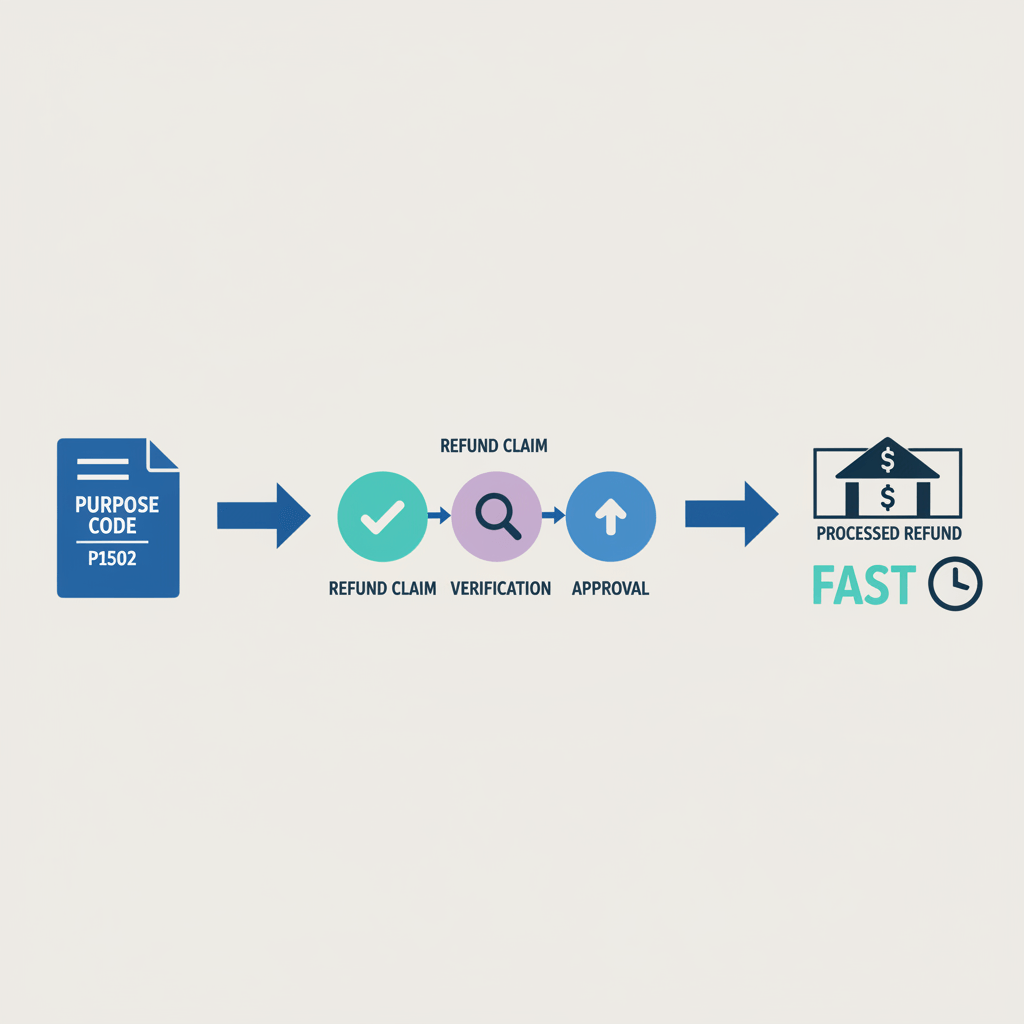Flat 1% Fee. Switch to Karbon Forex for fast, fair, and fully transparent inward remittance.
Getting paid from abroad is common for millions of Indians today. It can be because of freelancing for overseas clients, running an export business, or receiving family support for education or living expenses.
But what many people don’t realise is that the money you see credited to your bank account is almost never the full amount that was sent.
Hidden bank charges, currency conversion markups, and handling fees quietly eat into every dollar or euro you receive. By the time you add up sending fees abroad, SWIFT intermediary cuts, and your Indian bank’s own inward remittance fee — you can lose hundreds or thousands of rupees every time money crosses borders.
This guide breaks down exactly when banks charge you, how much you really pay, which banks handle inward remittance best, and how to find cheaper alternatives to keep more of what’s yours.
When Do Banks Charge an Inward Remittance Fee?
Banks don’t process international money transfers for free. Every time you receive foreign funds in your Indian account, the bank does a few things:
- It receives the payment through secure networks like SWIFT.
- It converts the foreign currency into Indian Rupees (if needed).
- It handles paperwork and reporting under FEMA rules.
For all this, your bank charges an inward remittance fee before crediting your account.
Here’s when you’ll usually see this fee:
- When a foreign bank wires money to your Indian bank account using the SWIFT network.
- When the money is routed through an intermediary or correspondent bank, which can add extra handling fees along the way.
- When your bank converts the incoming foreign currency into INR — they may charge a processing fee plus take a cut through the exchange rate.
- Even if your overseas client pays all their bank’s sending fees, your Indian bank can still charge its own inward remittance handling fee when the money lands in your account.
Many account holders don’t realise this until they see the final amount credited — which most of the time is less than what they expected.
How Much is the Inward Remittance Fee?
The total cost of receiving money from abroad depends on three main charges that stack up along the way:
1. Sending Bank Fees
The overseas bank sending the money usually charges a flat fee. This is typically between $25 to $50 per wire transfer.
2. Intermediary Bank Fees
If the transfer passes through one or more intermediary or correspondent banks before reaching your Indian bank, each may deduct its own fee. These usually fall between $10 to $30 per bank involved.
3. Receiving Bank Fees
When the money finally reaches your Indian bank account, your bank takes its cut for receiving and crediting the funds. This fee is often between ₹200 to ₹1,000 per transaction, depending on the bank’s policy and the type of account you hold.
5 Best Banks for Inward Remittance in India
It’s confusing to point out which bank is best for inward remittance because, on the surface, they seem the same — similar fees, standard forex rates, and the usual SWIFT process.
But they differ in speed, hidden charges, branch help, and how easy they make it for you to get your money. Here are five banks that stand out for different reasons:
State Bank of India (SBI)
SBI is India’s largest and most accessible bank, with branches even in small towns and rural areas. It’s a trusted choice for families receiving support from relatives abroad and for small exporters who prefer a straightforward process.
Most SBI inward remittance charges vary between ₹200 and ₹500. For larger business payments or special forex services, this can go up to ₹1,000. Expect a currency conversion margin of about 1 to 2 percent over the real market rate.
- Widely trusted for personal remittance
- Huge branch network across India
- Slower to process than some private banks
HDFC Bank
HDFC is known for good digital banking and smooth online remittance tracking. Many freelancers and urban businesses prefer HDFC for its easy online forms, faster credits, and clear email confirmations.
The inward remittance charges for HDFC Bank are usually between ₹500 to ₹1,000 per transaction, depending on your account type. The forex markup is around 1.5 to 2 percent. Priority customers sometimes get a slightly better exchange rate.
- Reliable for frequent foreign payments
- User-friendly online remittance updates
- Higher fees for standard savings accounts
ICICI Bank
ICICI is popular with SMEs and exporters because of its strong international banking ties. Many businesses that get paid by multiple clients abroad use ICICI for faster credits and good branch-level support for documents.
Handling fees are usually ₹500 to ₹1,000 per inward remittance. The forex margin is roughly 1 to 2 percent over mid-market rates. If you’re a larger exporter, you can negotiate for a better margin.
- Good for regular export payments
- Supports multiple international corridors
- Small remittances can feel costly
Axis Bank
Axis is well-known among small and mid-sized businesses for inward remittance. It offers decent forex rates, a clean digital experience, and reliable branch help if you run into issues.
Fees generally range from ₹500 to ₹1,000 per SWIFT transaction. The bank usually adds a 1.5 to 2 percent spread on the exchange rate. Higher-tier current accounts may get you lower charges.
- Solid SME banking options
- Simple remittance tracking online
- Fees vary by account type
Kotak Mahindra Bank
Kotak is a growing favourite for freelancers, consultants, and startups. Its modern digital banking makes it easy to link with global payment platforms, and its city-based support is usually responsive.
Kotak inward remittance charges range between ₹500 to ₹1,000, plus a 1.5 to 2 percent forex margin. Kotak works well if you live in an urban area and want good online tools over a huge branch network.
- Good for freelancers and consultants
- Easy to link with platforms like Wise or PayPal
- Fewer branches in smaller towns
Bank Charges for Inward Remittance in India
Note: These are the charges that the receiving bank in India deducts when the money arrives in your account. The sender’s bank abroad has to pay a separate sending fee (usually $25–$50) when they initiate the wire transfer.
Advice: Always check with your sender and your bank for the final amount you’ll receive.
What is the Inward Remittance Tax in India?
There is no separate tax just for receiving foreign funds. The purpose of receiving money dictates whether or not it is taxable.
When Inward Remittance is Not Taxable
- Money sent by family members abroad for household expenses, education fees, or living costs is not treated as taxable income.
- Gifts received from specified relatives, like parents, spouse, children or siblings, are fully exempt, regardless of the amount.
When Inward Remittance Becomes Taxable
- If you receive a gift of more than ₹50,000 in a year from someone who is not a defined relative, the entire amount becomes taxable under Income from Other Sources.
- Any money received for providing a service, like freelance design, consulting, or software work, is treated as taxable income and must be declared in your ITR.
- If you work for an overseas company but live in India, your foreign salary must be declared and will be taxed as regular income.
Note:
- Export services, like IT consulting or design, are treated as zero-rated under GST.
- Tax paid abroad can often be claimed back in India under DTAA rules.
A Better Way to Receive International Payments
Traditional bank transfers for inward remittance often come with extra paperwork and no real guarantee that you’re getting the best deal.
Banks typically add hidden markups on currency conversion — around 40 paise per dollar, or about 1–3% of the total amount. On top of flat fees and SWIFT handling charges that quietly eat into what you actually receive.
Karbon works differently. By partnering directly with two of India’s most trusted banks, Karbon helps you get a better deal than what you’d get if you went to the same bank yourself.
If your client is sending money through any other bank or corridor, Karbon can negotiate a better rate, saving you 10–30% on the forex margin alone.
So instead of losing that cut every time, you save money with the same secure SWIFT process and less paperwork.
FAQs
1. Do banks charge for inward remittance in India?
Yes, most Indian banks charge an inward remittance fee when you receive money from abroad. This covers processing the transfer, converting foreign currency to INR, and complying with RBI rules. The fee usually ranges from ₹200 to ₹1,000 per transaction.
2. How much does SBI charge for inward remittance?
The State Bank of India usually charges around ₹500–₹1,000 as a handling fee for inward remittance, plus 18% GST on this fee. It also adds about 1–2% as a currency conversion markup over the real exchange rate.
3. How much does HDFC Bank charge for inward remittance?
HDFC Bank’s inward remittance fee is generally ₹200–₹750, plus GST. It also charges a forex markup of around 1.5–2% when converting foreign currency to INR. Additional SWIFT intermediary fees of $10–$30 may apply if the money is routed through other banks.











